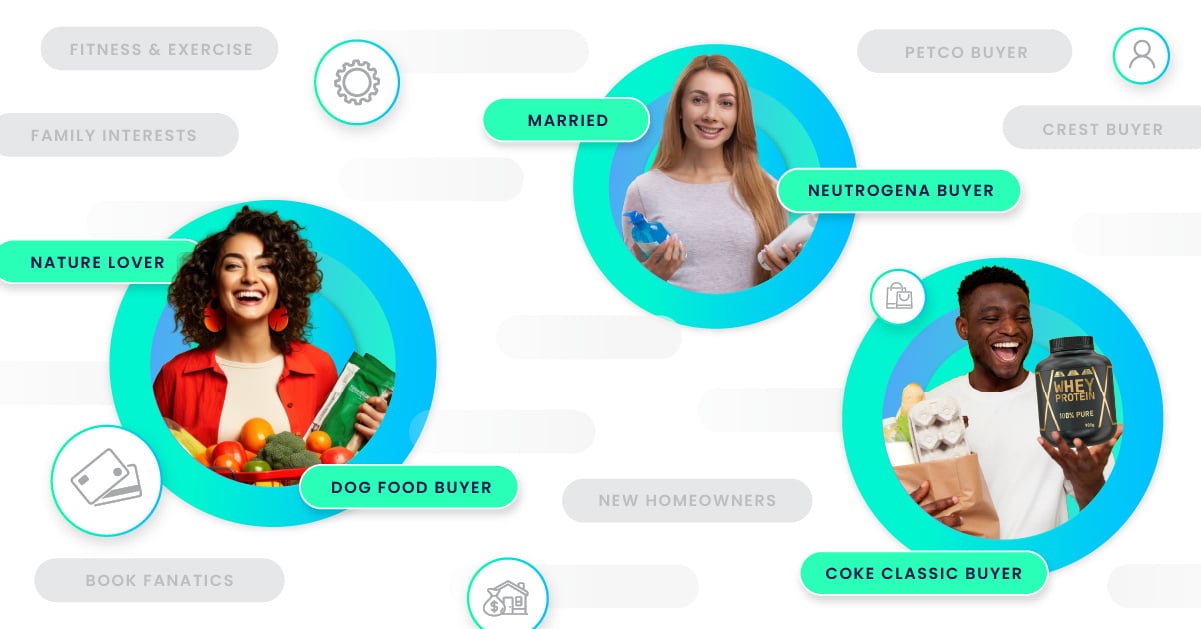
In an ideal world, every multichannel retailer would observe and decision based on both sides of consumer transactional behavior, positive and negative. However, attention is most often given to positive buying behaviors – responding to ads, visiting the website, buying multiple products, etc. Great care is given to the current and prospective customers who take these actions. Conversely, consumers who exhibit negative behaviors are mostly disregarded or outright ignored.
Not applying the same level of tracking to negative behaviors represents missed opportunities. A purchase is not the finish line of a customer journey, instead many touchpoints influence the LTV of a customer. Building awareness and use of a broader set of customer data will provide a lift to all aspects of the business. For retail marketers currently not digging into negative behaviors, this won’t be an overnight flip of the switch, rather a change of perspective that is implemented throughout the organization over time.
A Range Positive and Negative Consumer Behavior
Consider two customers who placed orders in a recent seasonal campaign. Each received a glossy catalog, visited the website and made their purchases. Customer A bought multiple mid-level products and customer B purchased a high-priced item but cancelled before the order shipped.
In many cases customer B would be flagged and removed from all other campaigns, while A was assigned to a high-value segment. Upon further exploration though, the cancellation was due to logistical issues with the retailer that delayed the order. In hindsight customer B wasn’t an unprofitable customer, but perhaps a frustrated one. Without appropriate follow up from the retailer, it is likely they bought elsewhere and were lost to the competition. To make matters worse, customer A cost the retailer additional investment in follow up catalogs and communications, but hasn’t made any subsequent purchases.
So, what could have been done differently? Sometimes a cancel is simply a cancel, but an underlying data point like backordered item should always be tracked and mapped to the related negative behavior. With more refined data points related to “cancelled order” integrated into workflows, the customer could have been contacted with an apology and recommendations for similar products or even a discount code for another purchase. Over time, aggregated rich cancellation data can be analyzed in the context of order to delivery date, building models for a propensity to cancel as time progresses. A retailer can use this to develop the right customer communication cadence that minimizes cancels. A cancel is just one attribute that can have an impact, but there are many more out there, some of which will be unique to your business.
Today, it is important to consider how the radical acceleration of e-commerce reshapes classifications of buying behavior, which is well illustrated with “return” behavior. In the past, if someone were to consistently buy several products to only keep one or two items, that would have been viewed unfavorably. Now, with limited physical retail visits, many buyers are conditioned to buy multiple sizes or variations to try on, keeping what fits best. In this context, returns need to be weighted accordingly, not just broadly downgrading the “score” of that customer with each return.
How Positive & Negative Behaviors Impact an Entire Business
Tracking and implementing a wider set of positive and negative behaviors will improve both front and back-end operations. On the front-end you’ll be able to have better customer segmentation, improved analytics, increased opportunities to retain customers and stronger cross/up-sell packaging. On the back end, you’ll drive higher campaign ROI, make smarter supply and fulfillment decisions and even have better fraud detection.
Think about the buying/return behavior again. Imagine a ratio is applied to each order that predicts how many, and perhaps even which products, will likely be returned. In addition to the obvious merchandising intelligence it produces, that information can be used to improve supply management or inform future UI development such as better sizing descriptions, more imagery, etc.
If you have in-house analytics or work with a partner, consider how impactful more well-defined variables would be. Instead of seeing returns or cancels just as a blanket variable that pops as a negative predictor, teams could start to understand at a more granular level what is truly driving the behavior and use that intelligence to influence different outcomes.
How to Get Started
A great first step is assessing what customer journey data points are tracked today and their ultimate downstream impact. A basic assessment will build momentum and engage other stakeholders within your organization about this topic. Guide them in their consideration of negative actions, as it will take some practice to develop that muscle. Then you can start identifying other data points relevant to your business that are not captured. Build and test slowly, then expand where you have proven incremental performance gains.
Simply put, never discard, or ignore customers who exhibit a “bad behavior”. Either there is an important underlying data point worth exploring for improved customer experience or there is something to be learned through advanced data science, enabling better navigation of which customers are worth engaging, and which are worth avoiding.
We will be exploring this topic in more detail at the NEMOA Virtual Summit on March 30th – 31st 2021. Join me on Day 2 at 12:30pm EDT where I’ll be hosting a roundtable discussion with leading multichannel retailers. Interested in attending? As a friend of Alliant, you can register for a 15% discount. Drop us a line at info@alliantdata.com and we’ll send you the code.































Submit a Comment